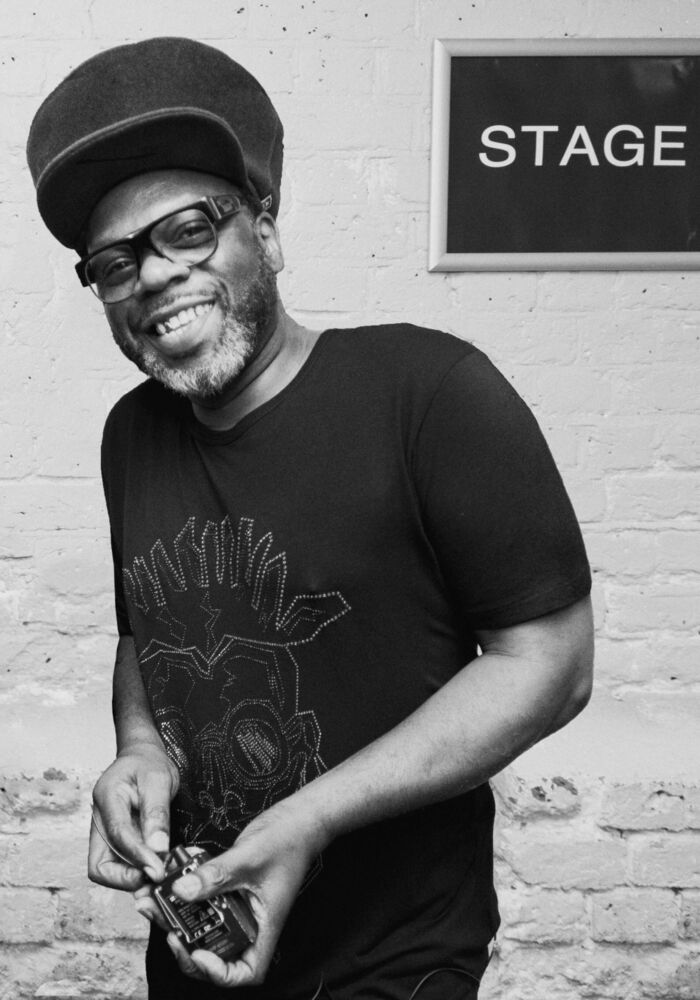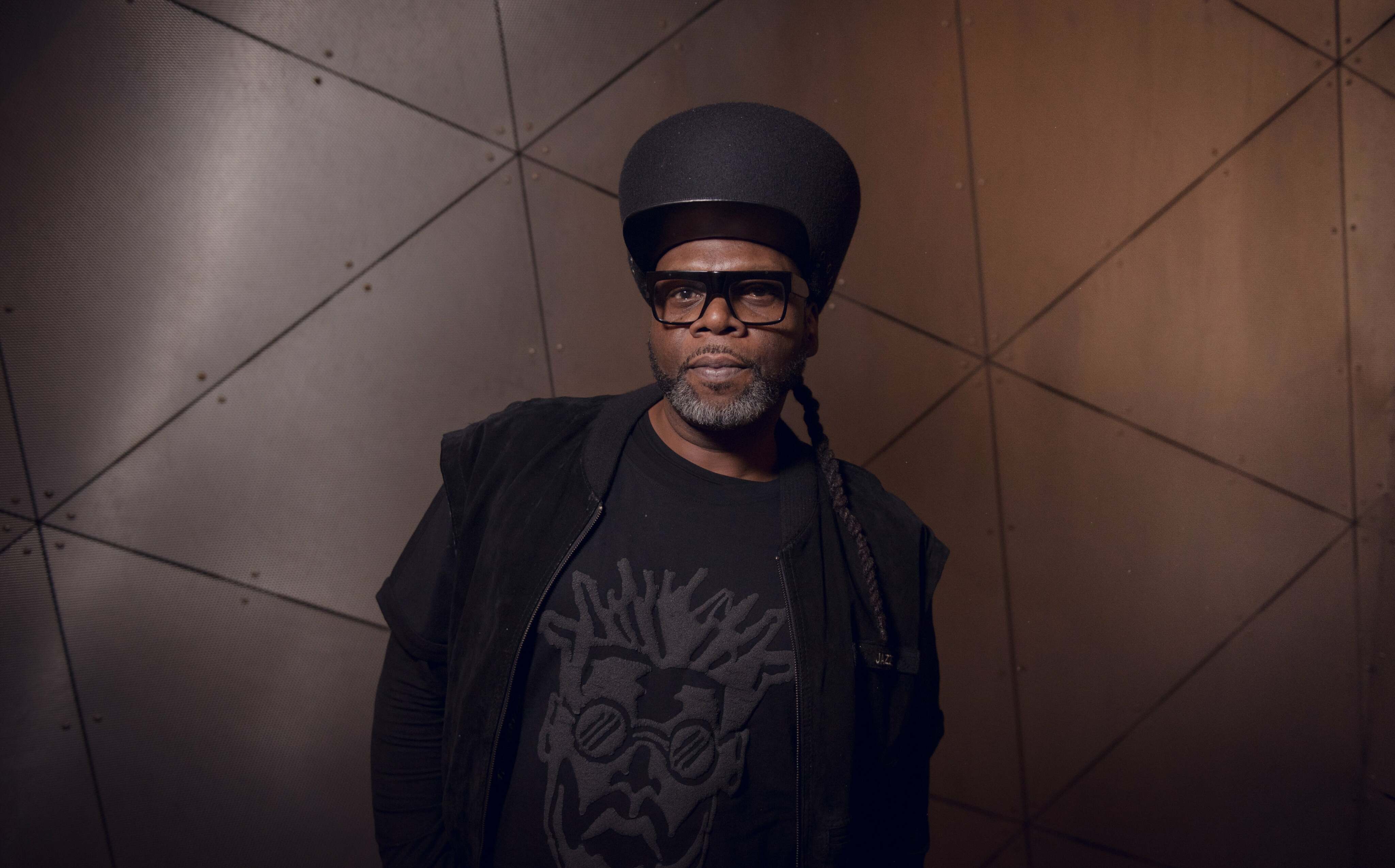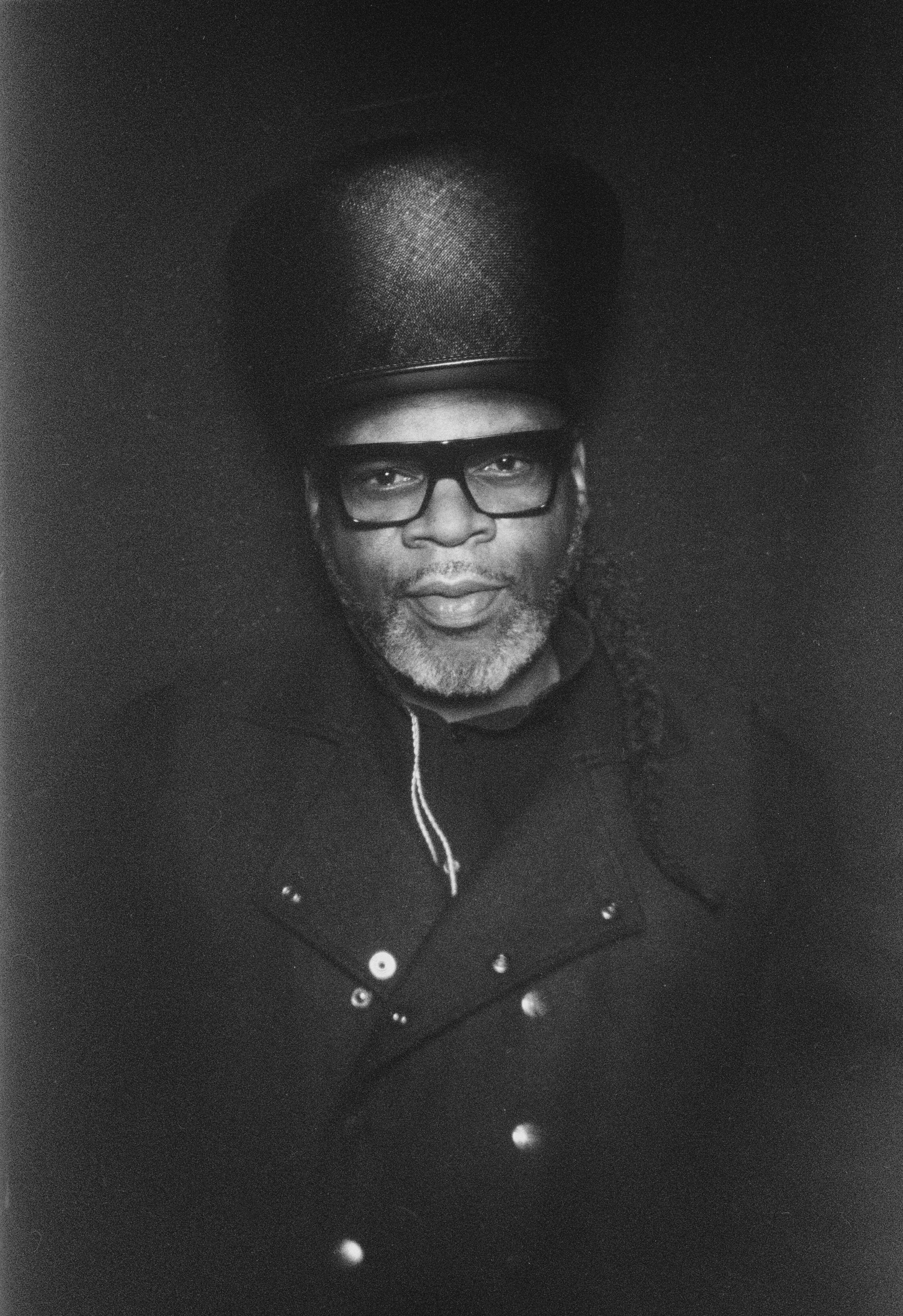Trevor Beresford Romeo OBE, otherwise better known as Jazzie B – DJ, music producer and founder of soul music collective, Soul II Soul – speaks to Headliner about how he makes his music and the soundsystem culture that established Soul II Soul as a household name in the late ‘80s.
Soul II Soul, a group that emerged from the vibrant UK soundsystem culture, epitomises determination, resourcefulness, and an unwavering passion for music. Their journey began in London, a multicultural melting pot where diverse backgrounds converged, celebrating shared experiences and influences. In the mid ‘80s, against the backdrop of the underground warehouse scene, Soul II Soul’s creative expression flourished.
In the late ‘70s, Jazzie B and his peers often frequented The Fridge in Brixton, South London, which was the largest and most successful privately owned club in the city at the time. Camden in North West London however is where Jazzie established his stomping ground, and where the early days of the sound system began to unfold. Born out of Caribbean popular culture, a sound system consists of a group of DJs, engineers and MCs playing ska, rocksteady or reggae music.
“It was a DIY kind of culture, as it were,” Jazzie begins. “That’s what the sound systems were about; a collective of people getting together to build their solid instruments, as I like to call them.”





